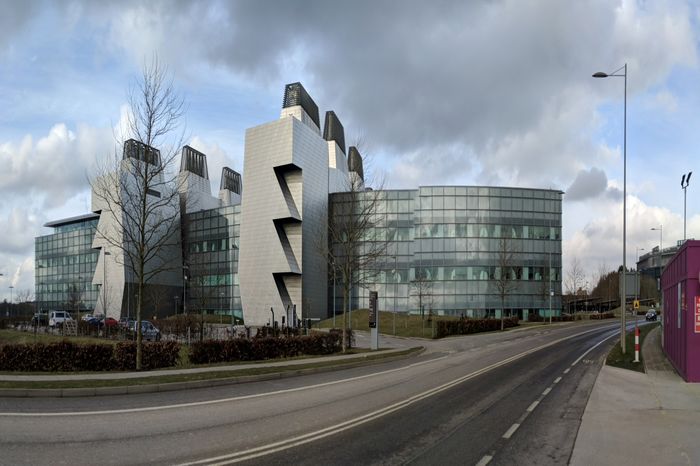Cambridge researchers unveil reactor to convert CO2 and sunlight into fuel
Researchers say the technology could help build a ‘circular’ economy

Researchers at Cambridge have created a reactor that uses sunlight to convert carbon dioxide into an alternative fuel source.
The group that designed the reactor took inspiration from photosynthesis in plants, and reported their results in a paper in the journal Nature Energy published last Friday (14/02).
“We envision this technology to operate in a diurnal fashion,” the authors wrote, “where CO2 is captured during night-time and converted to syngas under concentrated sunlight during the day.”
Syngas is a mixture of hydrogen and carbon monoxide that can be used to fuel cars and planes, and to manufacture pharmaceuticals.
Sayan Kar, a research associate at the Department of Chemistry and co-author of the Nature Energy paper, said that the new technology could provide an alternative to carbon capture and storage (CCS), which involves injecting CO2 into subterranean reservoirs.
“What if instead of pumping the carbon dioxide underground, we made something useful from it?” Kar said.
The UK has made CCS a centrepiece of its climate policy, arguing that the technology is a necessary bridge to a carbon-neutral economy. In October, Labour pledged nearly £22 billion to support carbon capture projects.
But critics say that CCS, which is favoured by the oil industry, is unproven and likely to prolong reliance on fossil fuels.
Professor Erwin Reisner, who leads the Cambridge research group that built the reactor, says their device can offer a more sustainable solution.
“Instead of continuing to dig up and burn fossil fuels to produce the products we have come to rely on, we can get all the CO2 we need directly from the air and reuse it,” Reisner said. “We can build a circular, sustainable economy – if we have the political will to do it.”
The reactor captures CO2 using filters that separate it from other gases. It then uses concentrated sunlight to catalyse a reaction that converts the CO2 into syngas.
With the proof-of-concept under their belt, Reisner’s group’s focus will now shift to solving more practical engineering challenges.
One difficulty lies in the mismatch between CO2 absorption, which takes 12 to 18 hours, and its conversion to syngas, which takes only two. A supplementary note to the Nature Energy article suggests that this problem can be solved by attaching multiple CO2 capture chambers in parallel to a single conversion bed.
If they can clear these engineering hurdles, Reisner’s research group hopes to partner with Cambridge Enterprise to transform their reactor into a product for market.
 Comment / Cambridge’s tourism risks commodifying students18 April 2025
Comment / Cambridge’s tourism risks commodifying students18 April 2025 News / Cambridge student numbers fall amid nationwide decline14 April 2025
News / Cambridge student numbers fall amid nationwide decline14 April 2025 News / Greenwich House occupiers miss deadline to respond to University legal action15 April 2025
News / Greenwich House occupiers miss deadline to respond to University legal action15 April 2025 Comment / The Cambridge workload prioritises quantity over quality 16 April 2025
Comment / The Cambridge workload prioritises quantity over quality 16 April 2025 News / Varsity ChatGPT survey17 April 2025
News / Varsity ChatGPT survey17 April 2025





